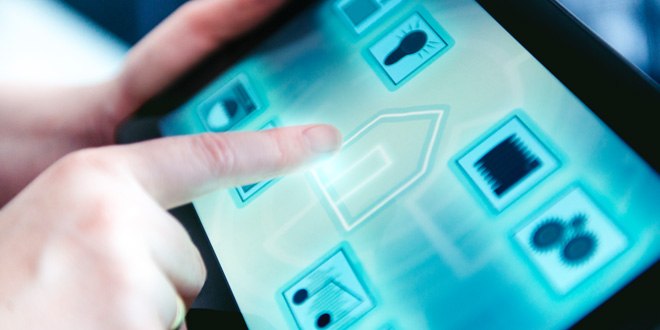
71% of European buyers are informed in the network before making the purchase
Internet is already the number one resource when it comes to knowing and valuing electronic products. 71% of buyers use the network as the main source of information when deciding on the acquisition of one of these devices. In this context, online advertising has been configured as a key influence and especially Microsoft Advertising, where brands can access 66% of potential buyers.
According to the study “New Shopper Journeys” – developed by Microsoft and Carat – today’s consumer is open to various options and takes his time before deciding. In fact, 31% start thinking about buying at least a month before it occurs.
 The report, based on the responses of 19,000 buyers in 17 countries – including 1,031 – has investigated the stages of the purchasing process and what factors influence each of the phases.
The report, based on the responses of 19,000 buyers in 17 countries – including 1,031 – has investigated the stages of the purchasing process and what factors influence each of the phases.
Impulse prior to purchase: between Internet and friends
When making the decision to purchase an electronic product, the consumer is influenced, first, by advertising (38%), especially by the advertisements displayed on the internet (13%) and television (13%) and, to a lesser extent, by journals (9%).
The observed in the points of sale (33%) and the “mouth to mouth” (33%) also play a fundamental role in this initial stage, especially the information obtained from friends and colleagues (26%). Also the visualizations or readings exert their influence in 32% of the cases, through information and / or criticism online and, in smaller number, of the newspapers.
The newsletters, e-mails or coupons determine the initial decision of a purchase for 25% of consumers.
Research is the key
The vast majority of consumers (68%) who wish to purchase an electronic device carry out a prior investigation of it. The current buyer has an open mind and is willing to take the time to choose the most convenient product. In fact, almost a third (31%), use at least a month to decide.
In this context, the internet is the fundamental source of information for 71% of Europeans. In the web environment, the data obtained from the “bought media” (including all types of paid advertising) are more decisive, considered by 73% as a good source of information and inspiration, as the own contents or those offered by third parties.
Thus, the role of online advertising platforms is decisive in the face of the final decision: 66% of potential buyers are exposed to Microsoft Advertising (Hotmail, Messenger, MSN), 58% to Facebook and 42% to Yahoo .
But, regardless of the undisputed influence of the network – or in a complementary way – people in our environment are also a source of value for 44% of users.
To a much lesser extent, the buyer finds the key that determines his purchase in his visit to the points of sale (28%), in something seen or read (28%), in advertisements or sponsorships (26%), and finally , in newsletters or pamphlets and coupons (17%).
A decision almost immovable
At the moment of acquiring an electronic product, the influence exerted by the point of sale is minimal. In fact, only 13% of consumers choose a brand different from the one they had planned.
However, 1 in 4 (24%) uses their mobile phone when shopping, mainly as a tool to compare prices.
The purchase mode chosen by the majority of consumers remains offline (77%). The choice of a specific retailer is determined, in this order by: prices and brand availability (61%), proximity (40%), quality of available products (36%) and promotions (31%) .
Also in the case of online purchases the prices and availability of the brands are the priority values (77%), but the speed of the shipment (48%), a low cost of the shipping costs (47%) and the quality of the products (43%).
And after that?
The information that is generated during an individual purchase process does not end at the moment in which the product is acquired, but it produces an “echo” on and offline.
Thus, 38% of buyers debate about the purchase with friends, colleagues and family members or recommend the brand (31%) or the retailer (17%).
Certain consumers also transfer their experience to the network through online reviews (4%) or blogs (3%), or mention the purchase in the status update of a social network (2%).
Leave a reply